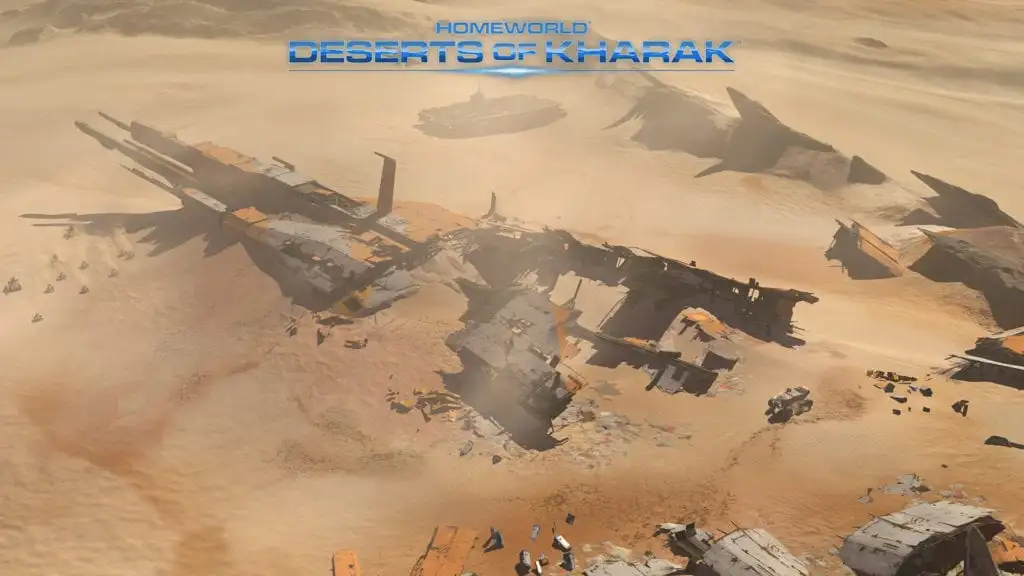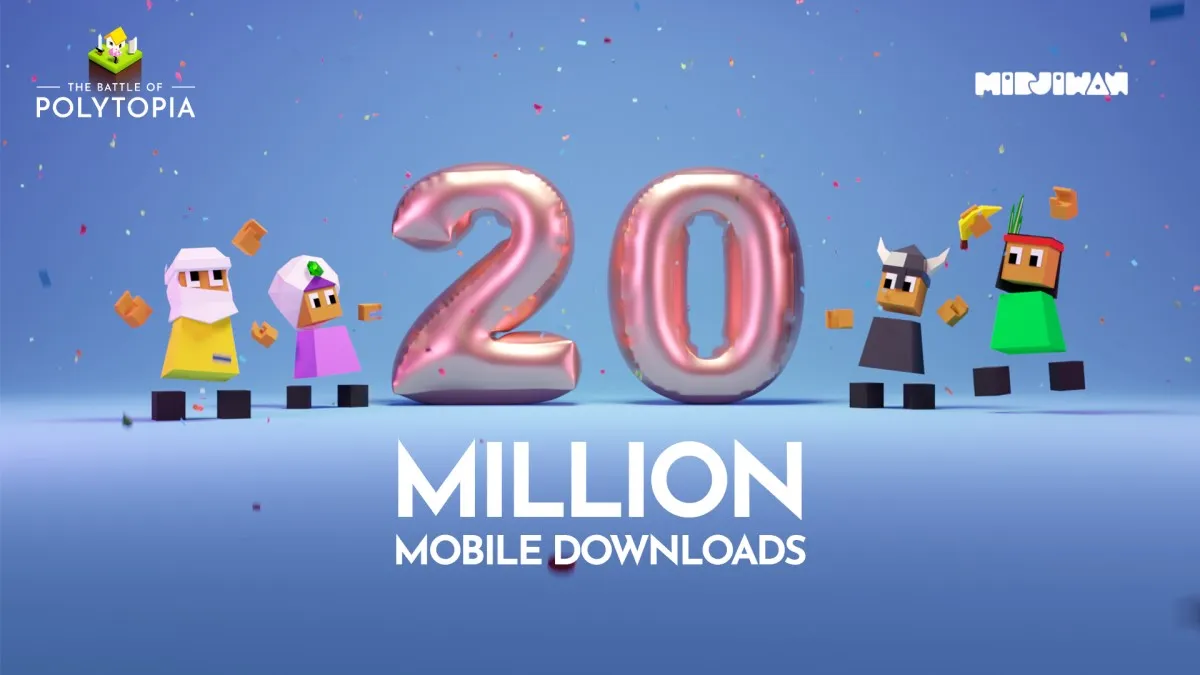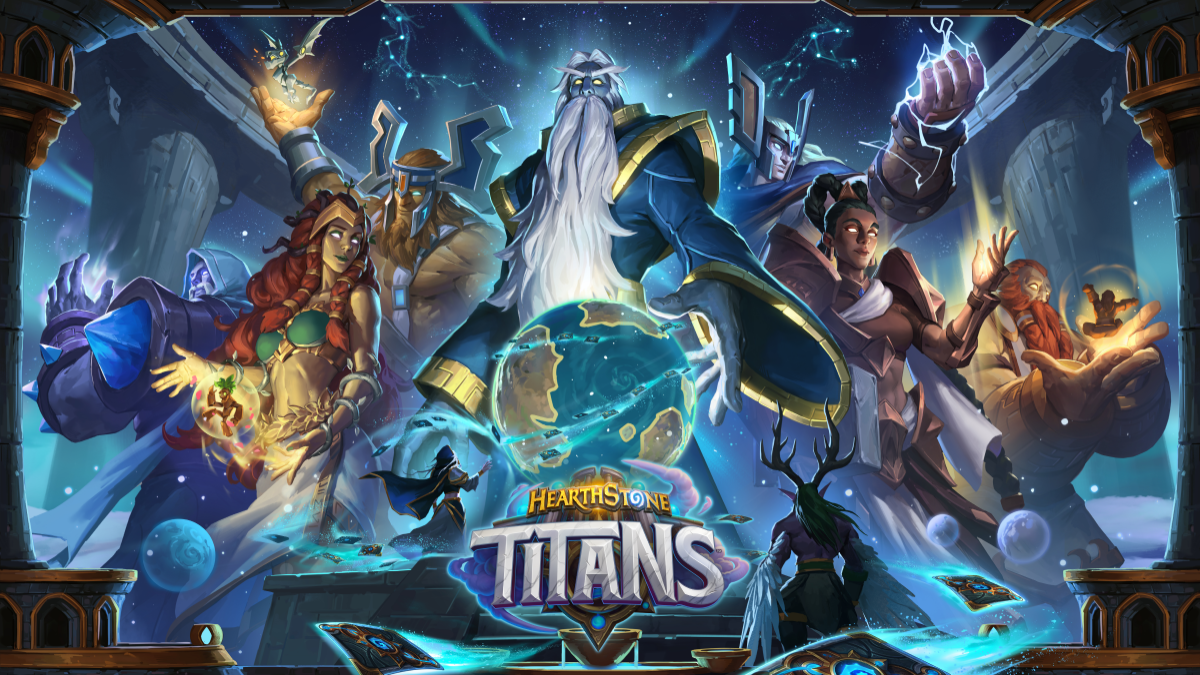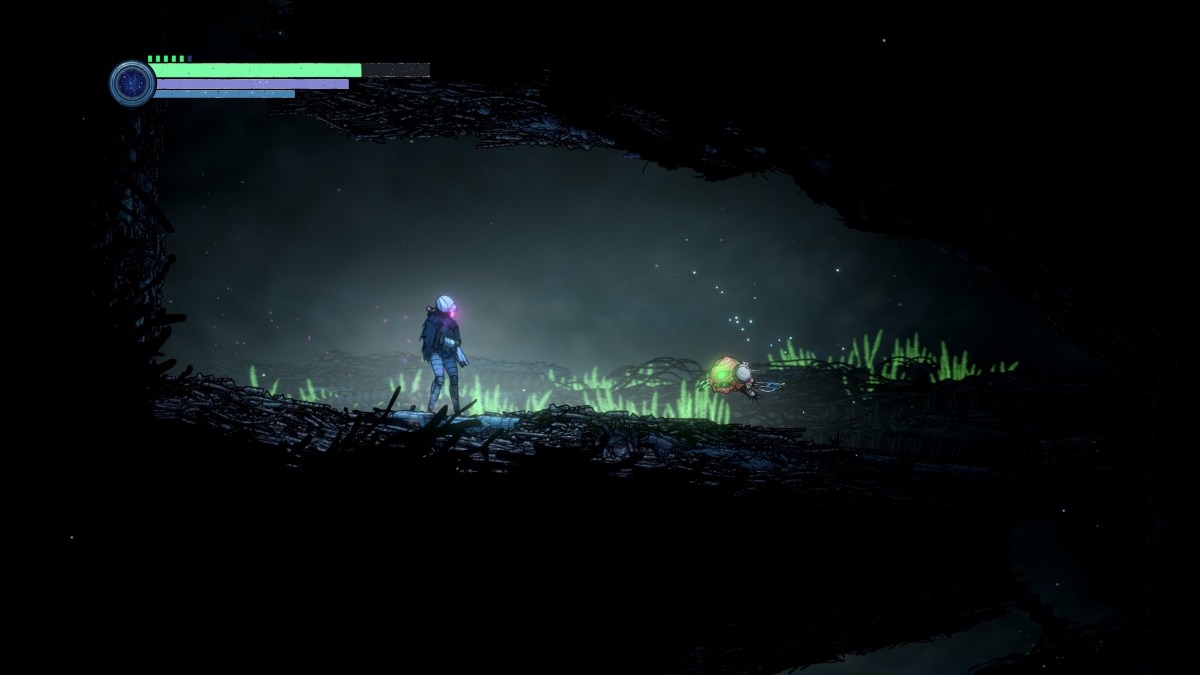When exactly did the resurrection of the much-loved expansive operatic space RTS Homeworld begin? The most likely period would be back in 2013 when Gearbox Software snapped up the IP from the THQ debt collector auctions. Although, arguably it could have really started some way before that when Blackbird Interactive – a company formed by former Relic employees who developed the original Homeworld games – announced they were working on an original IP called Hardware: Shipbreakers. That was back in 2010.
That title went through a couple of iterations, and more recently it was renamed to Homeworld: Deserts of Kharak. After a deal was amicably reached between Blackbird and Gearbox, the game became the official successor to the franchise. Gearbox, it seemed, were looking more and more like they wanted to do the right thing with a treasured IP.
We’ve come on a ways since then with the release of Homeworld Remastered Collection to much acclaim and excitement, and now, almost catching the gaming world by surprise, we’re already right on the doorstep of a new entry in the Homeworld universe. Deserts of Kharak is a title which has seemingly snuck up on us. From the look of it, while everyone was distracted by the various great games coming out in 2015, Blackbird were burning the midnight oil.
With just under a week to go before release I found myself wondering exactly what Deserts of Kharak was all about, what it was like, and numerous other pertinent questions for a game which will literally be streaming to desktops days from now. Just a short while after the first extensive gameplay footage was released we were able to get hold of the decent chaps at Blackbird to have a chat.

Blackbird’s Rory McGuire (left) and Rob Cunningham (right).
Highlights of that Skype discussion can be read below, and the whole audio interview can be streamed or downloaded just beneath these words.
[powerpress]
PCInvasion: It was quite a while since you guys had worked on this series. How do you feel about working on it again?
Rob Cunningham: It’s awesome! I couldn’t be happier. It’s really fantastic to come back to a loved IP that you can really sink your teeth into and get re-familiar with the style and the tone; and of course working with the same old guys again is loads of fun.
Rory McGuire: Yeah, I’d say overall as developers we’re super-excited and really honoured to come back to it. Just the response we’ve got from fans from the media that’s gone out over the last few days; we’ve got guys going frame by frame and picking out the markings on some of the ships.
RC: … the fans getting into that and theorising about who’s doing what. It’s just fantastic; it’s such a lot of fun. You’ve got to pinch yourself that it’s all real and not an awesome dream.
I just think it’s sort of mind-blowing how fortunate we are at Blackbird to have this opportunity. It was kind of divine intervention that this happened. Suddenly the Homeworld property becomes available. We had nothing to do with THQ going bankrupt, you know what I mean? There they go, they’re going down. The property becomes available from the bankruptcy proceeding and then it gets picked up by fans, you know?
We knew Gearbox, but we didn’t know them very well at the time and when we hooked up with them everyone was wondering, you know, what’s going to happen? But when we met them they were like lovers, they were just gushing with mustard to do this thing. It really blew our minds and we were really taken aback. They’ve just been awesome throughout the development.
I’ve been making games for a while now and this is kind of unique in my experience of working with a publisher. They’ve just been super supportive. They care about the IP, and they care about the fans. We’ve just been really lucky.
It’s hard not to get misty-eyed about this sort of thing, it’s pretty wild.
PCI: The series could have easily come to an end.
RC: Oh, for sure man. It could have all come to an end, it could have been bought by someone who just wanted to sit on it; but it didn’t. The fans were out there, the community is out there, and hopefully we’re going to give them something that they’re excited about… again!
PCI: Did you always feel back in the day when you finished Homeworld 2 that there was some unfinished business there?
RC: Absolutely, yeah. Homeworld 2 shipped with a shadow of what we wanted to do with it. So even back then in the early 2000s we were brimming with ideas and full of mustard about what to do next. We’re really excited and we were delighted that the IP got picked up by fans in Gearbox.
And it’s connecting with the fans again. A lot of these guys got into Homeworld 1 when they were kids! I think it connects with a lot of those guys on a nostalgic level. We constantly get a lot of emails from people saying, ‘this is why I got into games’ or ‘this is why I got into games design’ or ‘art’ or whatever. It’s really rewarding and fulfilling to connect with people in that way; it’s why we do this really.
PCI: What would you say are the main similarities and differences with the original Homeworld games?
RM: There were a couple of pillars of Homeworld that we wanted to make sure we honoured. One of those was the concept of fleet mobility. Other RTSs have really pitched battle lines and really defined map control; but Homeworld is a lot more fluid and elastic and we wanted to make sure we honoured that even despite the fact that we were on the ground. In the footage you can see a lot of the concepts like strike fighters and bombers; these units that hit hard, move past and then circle back around again.
In general the gameplay requires a lot of movement and a lot of seizing of terrain and high ground to gain advantages. The idea was smart meaningful decisions which come at you every 3-5 seconds as opposed to barraging you and demanding you do 5 actions per seconds.
In terms of pacing, Homeworld was a little more laid back than the tradition RTS pacing. One thing that can happen in RTS games is that you can hear your fleet’s under attack and then you jump to there and the whole army’s gone and you’re like ‘what happened?’ The pacing of the games are so breakneck that you don’t have time to react.
Homeworld is not that way; you do have time to react. It feels more like a naval battle. We wanted to make sure we honoured that. We also wanted to up the tactical gameplay a bit, but do it meaningfully so it didn’t just feel like the player was having to spin plates for the sake of it.
One of those is terrain. If you have the high ground in an engagement then you have a really dramatic advantage. It’s all organic, as you can see in some of the gameplay footage; it’s not tiered plateaus. So if I secure the high ground, you can push further up on a hill or adjacent hill and that gives you high ground. You can pull back behind terrain to block shots.
The individual units themselves also have a good amount of tactical decision making. A good example you can see in some of the videos that have come out is the smoke screen. You have the armoured assault unit which is a kind of armoured wedge that breaks enemy forces, pushes up; very tough unit… but it takes a lot of damage from long range units like rail guns – those units are pretty flimsy but they have incredible range and high damage.

So if an armoured assault group is caught off guard by a group of rail guns they are almost empirically going to lose; however there’s a lot of ways you can soften that. In the case of this relationship, the armoured assault unit can throw down a smoke screen and use that to leap frog to the opposing rail guns, or they can use it to drop back and secure safe terrain and try and come around the flank the enemy and things like that.
RC: The mood, the style, the tone, the feeling of immersion – these were key pillars of Homeworld that we were really sensitive to recapture and push further. And make it much more personal too; Homeworld’s story was super-epic and biblical but you never really got close with any characters. In DoK, that’ll change; you’ll get a lot more intimate with the characters and their journey.
PCI: What sorts of things have you done to achieve your story goals?
RC: Homeworld‘s story telling devices were cut scene animatics that were hand-painted black and white movies playing between missions and the in-game sequences. For DoK, we took that and pushed it further. We’ve turned the animatics into colour, we’ve added 3D elements to the animatics, we added characters to the animatics and we’ve also integrated animatic content into the missions themselves so that the flow is a lot smoother and it’s less binary.
PCI: One thing which is imminently obvious to anyone watching your trailers is that you spend a lot of time on graphical brilliance. Not just in terms of fidelity, but in terms of this really attractive style.
RC: For sure, it’s super important to us. Blackbird was founded by artists, so art has always been a big inspiration for us. We spent a lot of time on the look and feel of the game; we wanted to iterate it as often as possible to get the detail and polish where we wanted it to be.
There’s a lot of things you can do wrong when pushing a style so we spent a lot of time trying to get it right. Homeworld was in space so it had a lot of these colourful backdrops and skies and we wanted to capture that on the ground as much as possible. So we have different times of day – mornings, noons and nights; sunsets and glorious shadows and different weather effects and sandstorms and lots of things.
In particular, one big challenge for us was the terrain. Like Rory mentioned before, there’s a great deal of terrain gameplay. We didn’t want to just plop down terrain and call it a day. We wanted to make sure this terrain felt real and felt vast; and you really had a sense of the character of the planet.
Early in the development we’d spend time in Google Earth and we’d zoom in on the big deserts of Earth and look at places like the Gobi desert and find these big sand dunes and canyons. We’d see how the rocks and sand were working together, we’d look at the colour palate and we’d look at the way lighting would affect them. We built a terrain system so that the artists could really create worlds that you could really believe went outside of the playable area and went off into this vast dessert.
That was a big challenge. It was definitely not the idea to just bang out the terrain and call it a day and, sort of, high five and get on with the next thing. (laughing)

PCI: What sorts of things have you got going on in terms of multiplayer?
RM: We’ve built a pretty full featured multiplayer suite with chat box, ranks, ladder matches and so on. In terms of recording games; we’re evaluating… I don’t want make any promises. We built a bit of that and we opted not to have it at release but we should have something shortly thereafter.
PCI: What sorts of allowances are you going to make with respect to player-made modding of the game?
RM: We’re going to support modding technically as best as we can. We’ll be on the forums and have some engineers there answering questions that people have. But it will require the folks that are modding to roll up their sleeves and get into the engine. We also are not planning on putting any legal blockages there; as long as people’s gameplay experiences aren’t being violated. Namely, if someone builds a map hack, we’re going to do something about it.
If we see a lot of activity and modding then we’ll look at releasing some tools and support for players. Initially, it should be modable and we’ll support that as much as we can.
PCI: Does the game come with a map editor?
RM: We actually won’t be shipping with a map editor, but as I said, we’ll support modders as best we can.
Homeworld: Deserts of Kharak is scheduled for release on the 20th of January.







Published: Jan 18, 2016 06:29 pm